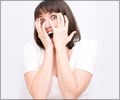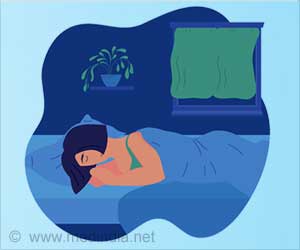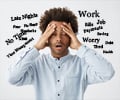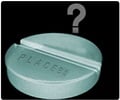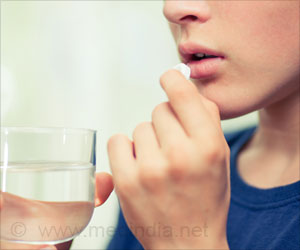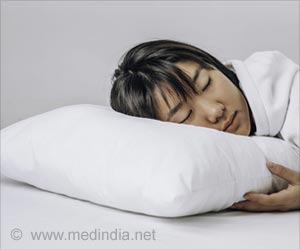Why does white light give me anxiety? Prolonged exposure to bright white light disrupts sleep and can promote anxiety attacks in people with generalized anxiety disorder.
- Anxiety is an emotion presented as a feeling of tension and agitation along with excitement
- Several factors could influence the moods, emotions, and behaviors of patients with anxiety disorders
- Recently, researchers have highlighted exposure to white light as one of those factors affecting mood, causing anxiety
Effect of warm/cool white lights on visual perception and mood in warm/cool color environments
Go to source).
White Lights Make You Feel Anxious: Know the Psychological Impact of Light
The human eye contains proteins that are sensitive to white light, which is responsible for detecting the intensity of light and thus could affect the body. Studies have shown that white bright light increases alertness. This increase improves cognitive performance and mood when exercising.However, it can have negative effects when intending to relax, and it could disturb the sleeping cycle and the circadian rhythm (the body’s biological clock), which could be due to the decrease in melatonin (a hormone that regulates the circadian rhythm).
A previous study showed that the effect of light varies with gender. Females experience negative mood white light in comparison to yellow light. Another study discussed the relationship between digital media and sleep in childhood and adolescence. The results concluded that exposure to bright white light affected sleep in children.
One of the mechanisms behind this association was the effects of light emitted from devices on circadian timing, sleep physiology, and alertness. Especially in people with anxiety disorders who are already alert when in a state of anxiety, may receive additional alertness from fluorescent light (2✔ ✔Trusted Source
The Effect of Fluorescent Light on Anxiety Patients
Go to source).
This also correlates with the idea that anxiety does not allow relaxation in addition to the fluorescent light decreases relaxation. In terms of mood changes, a study concluded that fluorescent light not only increases alertness but also positively impacts mood in healthy participants making them feel happy and comfortable.
Besides migraine, evidence show that fluorescent lighting is harmful to your eyes in the long run. According to Australian researchers, the UV radiation emitted by fluorescents can lead to a 12% increase in cataracts.
According to research, even just 6 hours of exposure to artificial light is enough to impair your cells’ ability to produce energy efficiently. With less energy in the body, you are likely to feel drained. It slows down metabolism, disrupts the immune system, and menstrual cycles, interferes with concentration, speeds up aging, and increases the risk of skin cancer (3✔ ✔Trusted Source
The Effect of Bright White Light on Fatigue Levels in Patients with Gynecological Cancer: A Randomized Control Trial
Go to source).
Some research hypotheses suggest that fluorescence can cause dizziness. The main reason revolves around their overall brightness, where high-intensity light like fluorescents is known to trigger dizzy spells, especially in people with chronic light sensitivity. Other factors such as intense focusing and eye strain can also trigger dizziness in susceptible persons.
Make Fluorescent Lights Natural and Safe
If you are battling all these at work or home while under fluorescent lights, it’s time to transform the non-forgiving fluorescent lights. Start this easy process by installing affordable yet durable light filters.The light filters soften the fluorescent light by transforming lights from a narrow range of color spectrum to full-spectrum visible light. By removing glare, it can reduce eye strain, headaches, and fatigue. Then, it blocks any harmful UV radiation, preventing skin damage and fading of materials. In the case of LED bulbs, use anti-glare covers or operate the lamp in a direct current instead of alternating current. The other option is to buy lamps that meet the set LED standards with an acceptable flickering rate.
References:
- Effect of warm/cool white lights on visual perception and mood in warm/cool color environments - (https://www.excli.de/index.php/excli/article/view/3974)
- The Effect of Fluorescent Light on Anxiety Patients - (https://www.cureus.com/articles/47765-the-effect-of-fluorescent-light-on-anxiety-patients#!/)
- The Effect of Bright White Light on Fatigue Levels in Patients with Gynecological Cancer: A Randomized Control Trial - (https://journals.sagepub.com/doi/10.1177/08258597221127795)
Source-Medindia


